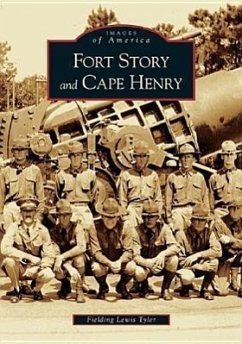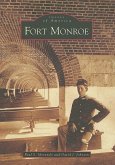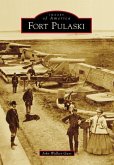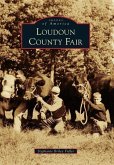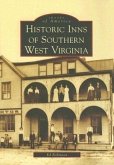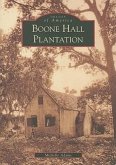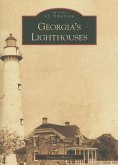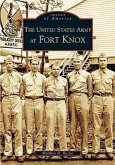On April 26, 1607, the English colonists anchored at the entrance to the Chesapeake Bay and came ashore to the historic piece of land they named Cape Henry. Then, in 1917, a military post was established and fortified to protect the southern portion of the entrance to the Chesapeake Bay during World War I; it was named Fort Story. Expanded and heavily fortified to meet the demands of the Second World War, the post served as a principal installation for the Harbor Defenses of Chesapeake Bay. The big guns fell silent after that conflict, and the post became the "Home of Army Amphibians" with over-the-beach operations. Today Fort Story continues to provide a superb training installation for the Army Transportation Corps and Special Operations.
Hinweis: Dieser Artikel kann nur an eine deutsche Lieferadresse ausgeliefert werden.
Hinweis: Dieser Artikel kann nur an eine deutsche Lieferadresse ausgeliefert werden.

